QuestionHi there
I recently started looking after a friends standardbred that he can no longer ride and the owner is wanting to teach him to canter so that I/his kids can ride him on trails and possibly do Western Pleasure in the future.
Midnight is 12 years old and as far as we are aware has not been raced much, he has been under saddle for at least 5 years doing stockwork and as a casual pleasure horse.
We do not know all that much about his early years as he has changed hands quite a few times.
He has a very sweet and eager to learn personality as I found out after a short session of riding, although he is a bit 'spooky' about the saddle being put on and side steps away but as long as I go slow he settles down and lets me put it on without to much problems ( I spent the first day taking the saddle on and off a few times since then he has been much better)
He has not been ridden much over the past 6 months and I am currently re-teaching him some of the basics correctly halting turning etc as his previous owner was apt to let him have his way he has picked up what I want quickly and easily I re-taught him halt etc simply by giving the same que over and over again combined with a verbal que working on one thing at a time and rewarded him with plenty of praise and a scratch on the whither when he got it right (I spent roughly 30 mins off and on teaching him halt he had a habit of stopping for a second then carrying on without being told) . He responds well to verbal ques.
I am wishing to have some help teaching him how to canter as I mentioned earlier, we have plenty of space in the paddocks just no access to an arena unfortunately.
I am an intermediate level rider and have helped with basic training before I am also familiar with the basics of Natural Horsemanship but a ex-racer Standardbred is a new thing for me.
Thanks
AnswerHello Mishaela,
One thing to consider is whether or not "your" Standardbred was a pacer, especially if he was a free legged pacer. In case you do not know what I mean, a free-legged pacer (pace is a two-beat lateral gait),the horse paces natually and did not need pacing hobbles to force him to pace rather than trot. Either way, it is usually more difficult for the horse to canter if the trot is also difficult for him.
I have reschooled many ex-Standardbred race horses to be riding horses, and I find that correct ground work is the key. DO NOT ROUND PEN HIM...he needs direct help from the grounds person to help him gain strength and suppleness in order to rebalance to improve his attempts to canter. You have to "break up" the footfalls....help him break up the 2 beats
so that he can switch to the three beat canter. Review pattern of the canter. (For the LEFT lead, he starts with his OUTSIDE right hind leg, then the diagonal pair ( left hind, and ourside front leg, and then the leading leg. (inside left front leg).
You need to learn to to teach him something I call double lungeing. There is an article on my web site (www.MitziSummers.com) entitled RESCHOOLING THE THOROUGHBRED, which outlines this, but I will briefly descirbe it. YOu can write back EXPERTS and I will gladly help you more.
Start by teaching him to long line. Use a surcingle or saddle to balance the lines. Use soft lunge lines and a regular leather halter or cavesson. Do not use a nylon halter with knots in it. These can be quite uncomfortable for the horse. After teaching him to long line, then get him used to having a line around his haunches. Be certain that the line is above his hocks and about 2 feet from the root of his tail.
You will be lungeing him (for example, to the left), by having the line from his head going to your left hand, and the line behind his hauches in your right hand. It will take a while to develop this skill. The line behind his hauches helps him engage his hauches and rebalance, which is what he needs to be ABLE to canter. Learn to use half halts (lunge from your center keeping a relaxed arm)and practice transitions WITHIN each gait. He needs help to be able to physically and mentally determine what you want him to do. DO not let him fall on his forehand. Feel free to write back. Mitzi Summers, Summersdressage@aol.com.

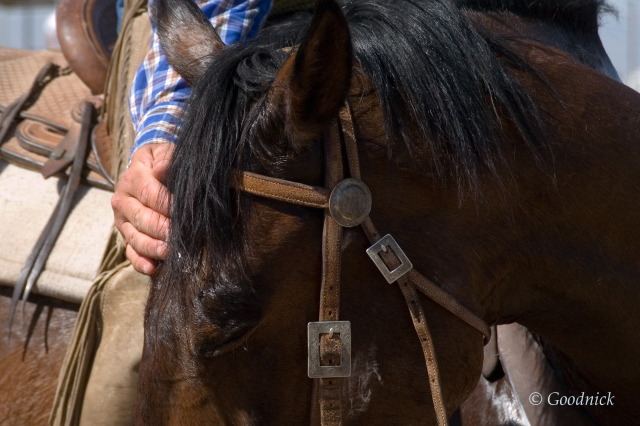 Halter breaking an older horse!
QuestionQUESTION: I am at a total and complete loss of
Halter breaking an older horse!
QuestionQUESTION: I am at a total and complete loss of
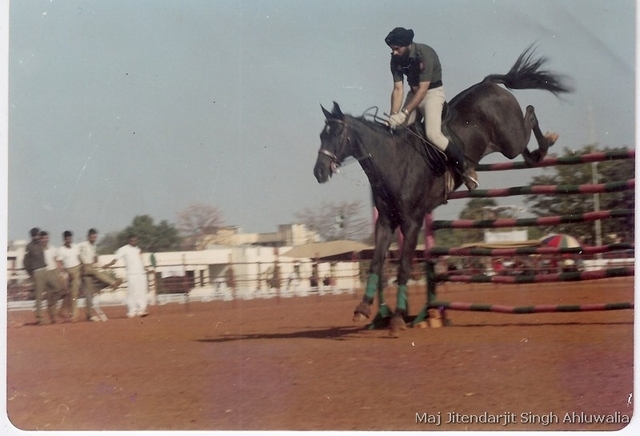 judging show jumping rider
Question
judging show jumping r
hello maam, watch this
judging show jumping rider
Question
judging show jumping r
hello maam, watch this
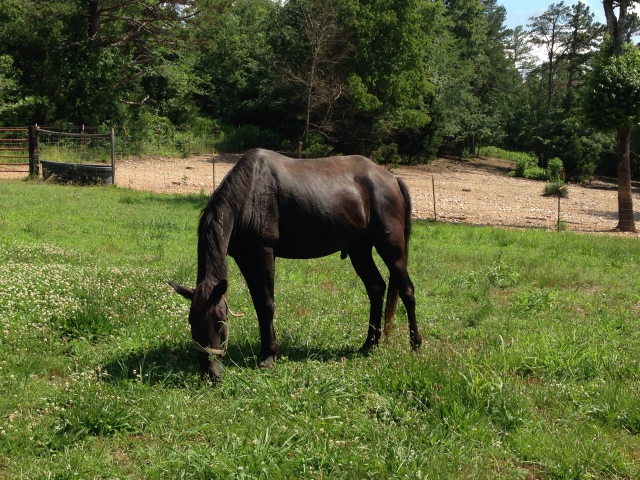 My Horse acts like a completely different horse when I let him out of his pasture/pen.
Question
My baby
I have a 20 year old fully brok
My Horse acts like a completely different horse when I let him out of his pasture/pen.
Question
My baby
I have a 20 year old fully brok
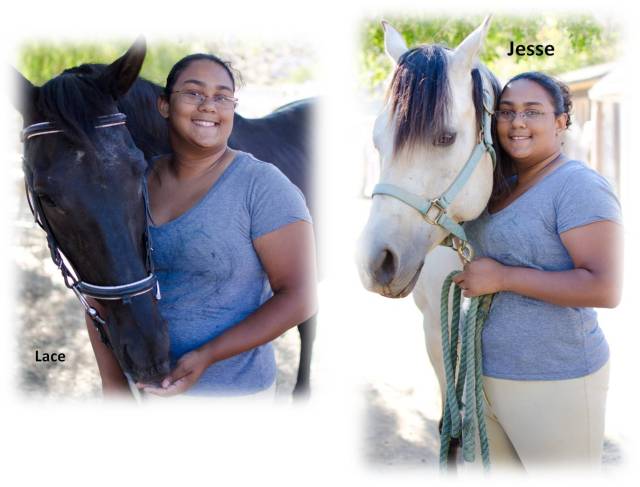 Thank you!!!
Question
Me & My Girls
Hi Rick,
I sent you
Thank you!!!
Question
Me & My Girls
Hi Rick,
I sent you
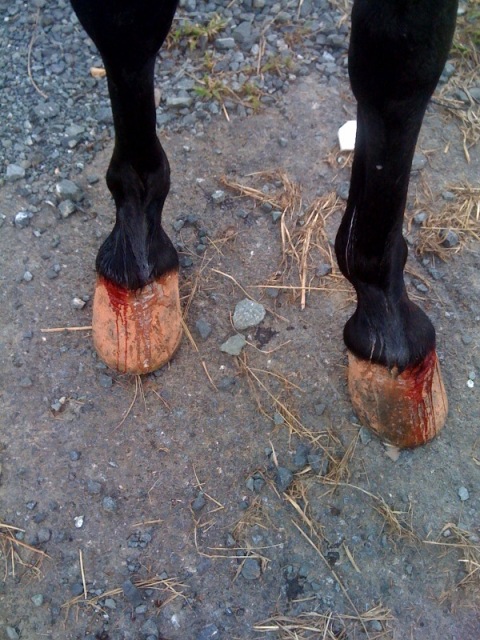 bleeding
Questionbleeding
QUESTION: hi D! I have attached
bleeding
Questionbleeding
QUESTION: hi D! I have attached